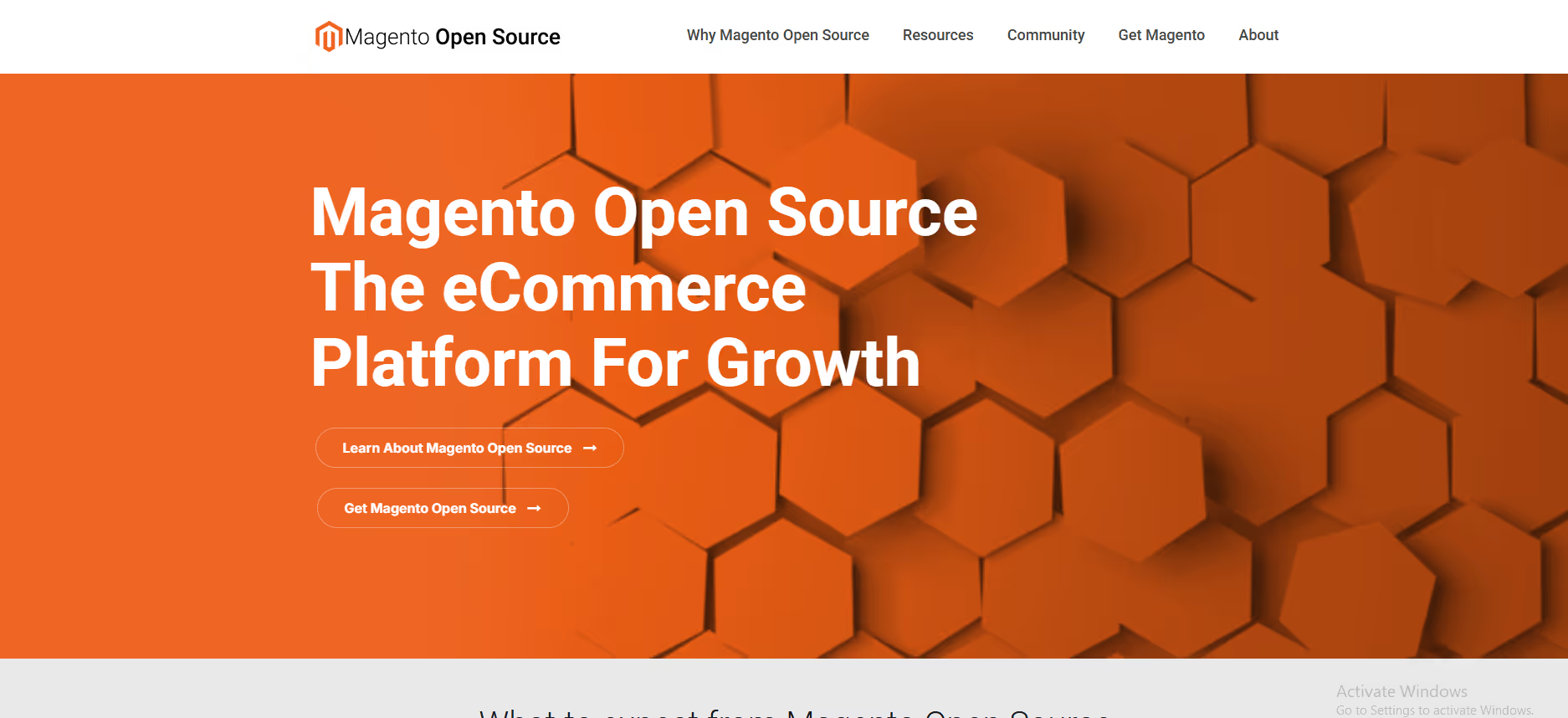Tool Insights
Home > Tools > Tool Details
Magento (Adobe Commerce)
Description
Magento Open Source The eCommerce Platform For Growth.
Magento (Adobe Commerce) is a powerful, highly customizable platform designed for enterprises with complex needs.
Key Applications
- Enterprise-Grade E-commerce Platform: Supports the creation and management of large-scale, complex B2C and B2B online stores with high transaction volumes and custom business logic.
- B2B Functionality: Provides native features for company account management, tiered pricing, quick order, and requisition lists tailored for business buyers.
- Headless Commerce Architecture: Enables a headless setup where Magento manages the backend commerce engine while a separate frontend framework (e.g., React) delivers the customer experience.
- Specific Workflow: A global manufacturer launches a B2B portal where wholesale clients log into company accounts, access custom catalogs with negotiated pricing, and submit large orders via a quick order form.
Who It’s For
This platform is designed for large enterprises, B2B distributors, and high-growth brands with significant technical resources. It solves the problem of scalability, customization, and complex integration requirements that surpass the capabilities of mid-market platforms. The primary buyer persona is a Chief Technology Officer or E-commerce Director at an enterprise requiring a flexible, powerful system to support unique business processes and global expansion.
Pros & Cons
How It Compares
- Versus Shopify Plus: Magento wins on unparalleled customization depth, ownership of code/data, and lower long-term cost at scale, whereas Shopify Plus offers faster deployment, easier maintenance, and managed hosting.
- Versus Salesforce Commerce Cloud: It differentiates with its open-source core (for the Magento edition) offering greater developer freedom and lower licensing costs, while Salesforce is a cloud-native, API-first platform with stronger predictive intelligence.
- Versus WooCommerce: Its competitive advantage is its inherent enterprise resilience, capable of handling massive catalogs, complex promotions, and global site architectures that would cripple a WooCommerce build.
Bullet Point Features
- Open-source core (Magento Open Source) with enterprise cloud option (Adobe Commerce)
- Advanced B2B functionality native to the platform
- Powerful Page Builder content management tools
- Extensive API framework for headless commerce and integrations
- Robust promotion and catalog rule engines
Disclosure
All product names, logos and brands are property of their respective owners. Use is for educational and informational purposes only and does not imply endorsement. Links are to third-party sites not affiliated with Barndoor AI. Please see our Terms & Conditions for additional information.



.avif)




